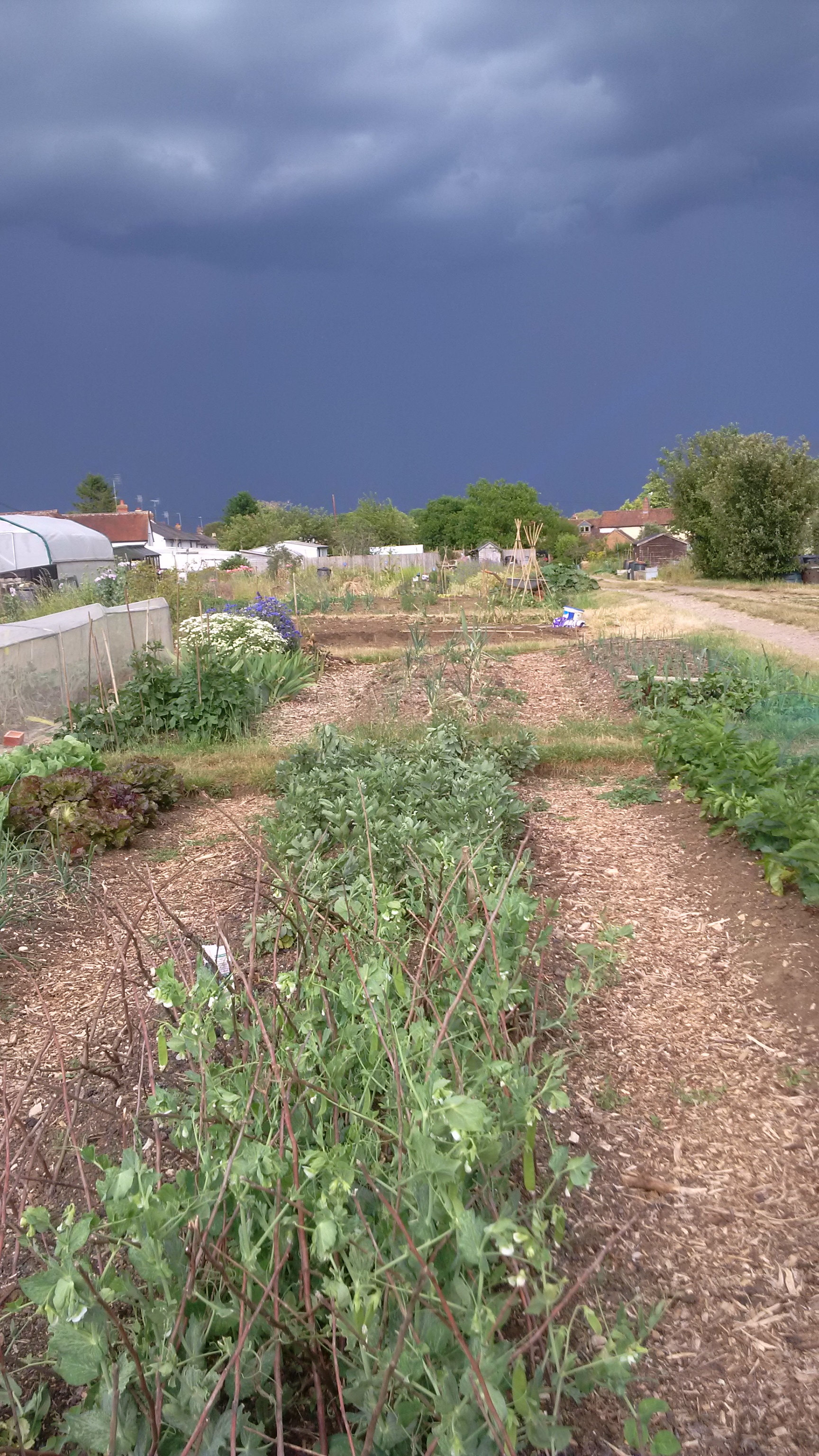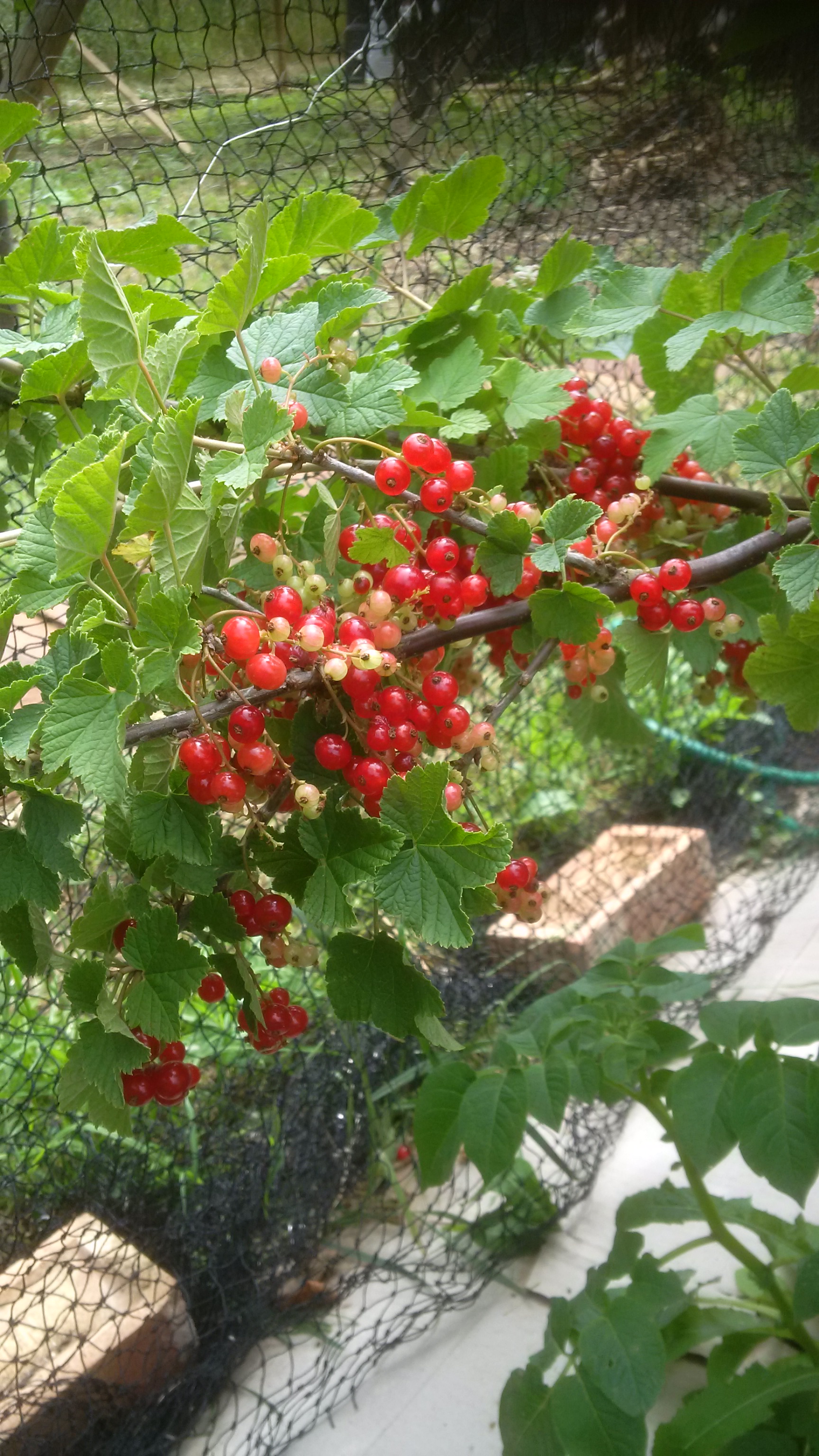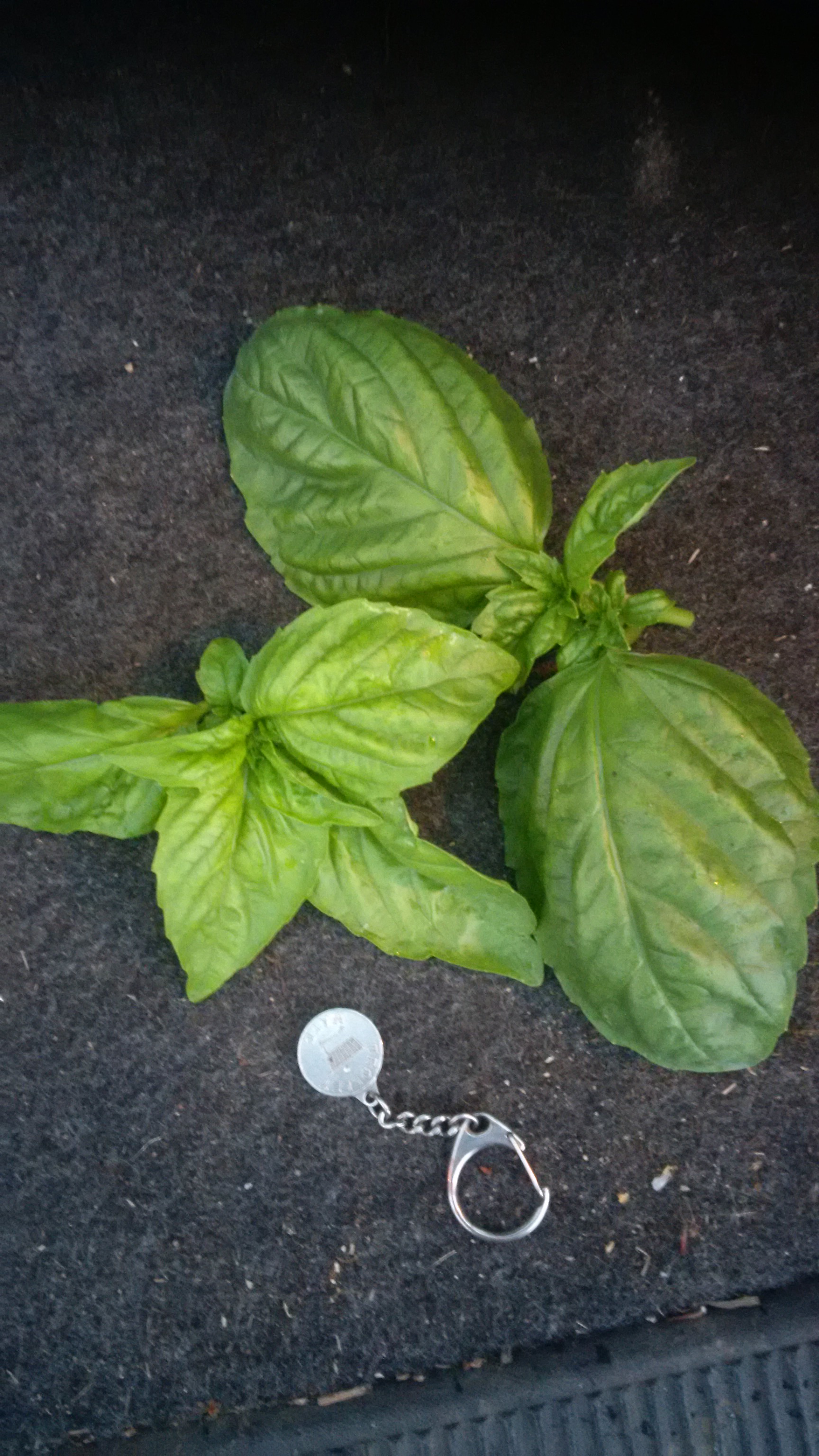
At last some rain! But that doesn’t fully satisfy the allotmenter! Even after several hours of rain overnight, just having a look at the ground an inch or so below the surface still turns up bone dry soil. It’s asking a lot for one night of light rain to compensate from the driest May on record and no significant rain for 6 weeks. So the watering continues! Deep rooted, long-established fruit bushes are still looking good though, and the redcurrant harvest is in full swing now. This is a variety called ‘Red Lake’ and produces good quantities of fruit – as long as you net the bushes for protection against birds who can easily strip the fruit from a bush in an hour or so! Redcurrants are something of a lesser known relative of the blackcurrant which many people regard as far superior in many ways. However there are plenty of ways to use redcurrants so here are some recipes and ideas for redcurrants!
Redcurrant Jelly
Just water, sugar and redcurrants required!
- Place redcurrants in a saucepan and just cover with water (400ml per 900g fruit). Boil until soft. Strain through a jelly bag over a bowl and leave to drip overnight in the fridge Don’t squeeze or squash it or it will make the jelly cloudy!
- Work out how much sugar you need – 450g per 600ml of liquid.
- Put the sugar and liquid into a clean pan and stir over a low heat until the sugar is dissolved. Increase the heat and boil. On a jam thermometer the gelling point is 104C/220F. If not, start testing for a set when the bubbles start breaking more slowly.
- Take off the heat when testing. Pour into hot sterilised jars – wash the jars well then put them in the oven or microwave with a little water in the base. Put on the lids then allow to cool.
Or have look at this recipe for redcurrant cordial

For the second year, I’ve planted the herb basil in the greenhouses in the ground around the tomato plants. Once again I’m using seed obtained from an Italian supermarket in 2018 – the variety is called ‘Gigante’ and if you look at the photo (with a trolley token for scale) you’ll see why! It’s fair to say that as well as being industrial in scale and size, these basil leaves are also a little industrial in texture, being quite coarse and occasionally tough – but picked young they are great for chopping up with a few tomatoes and ideal for making your own pesto of course.

Speaking of tomatoes – we are just seeing the first hint of ripening with some of the greenhouse fruits turning a slight orange colour – we look forward to the first fruits of that harvest in a week or 10 days time. At the same time we are still sowing and planting with successional sowings of carrots and beetroot going in this week and borlotti beans germinated in seed trays ready to go in as soon as possible.
‘June drop’ where fruit trees shed some immature fruit after flowering has been much in evidence on the allotment this month – especially on our Cox’s Orange Pippin apple, grown and trained as an espalier tree some 20 odd years ago. Fruit trees often set more flowers than needed for a full crop and this year the flowering season was exceptional. It is sometimes said that only one bloom in 20 is needed for a good crop on a full-blossoming apple tree. So the June drop is not really a problem – just a thinning out to make sure that the remaining fruit has the best chance of ripening to maturity.
The big story this week – a little late to press – is the arrival of some chickens so more on that next week!